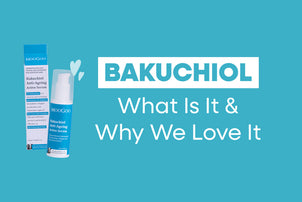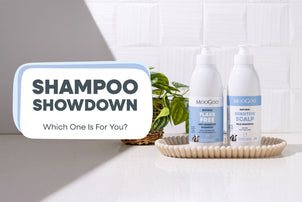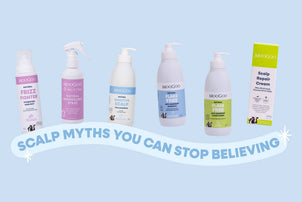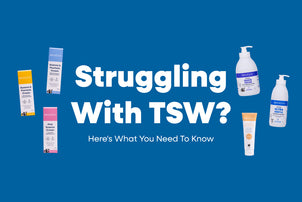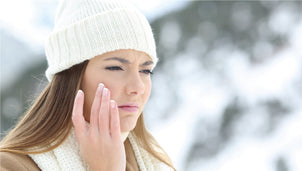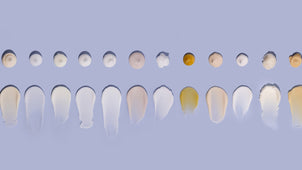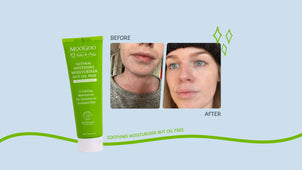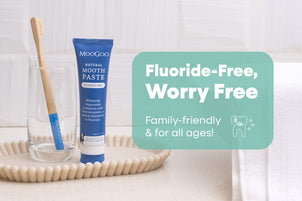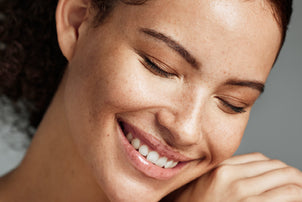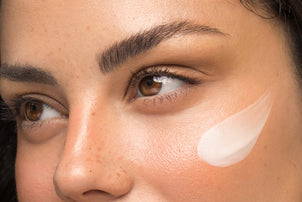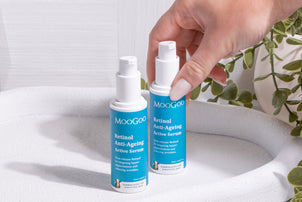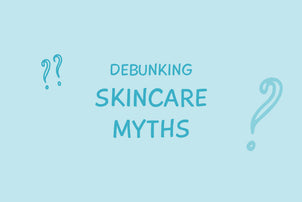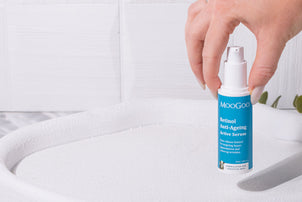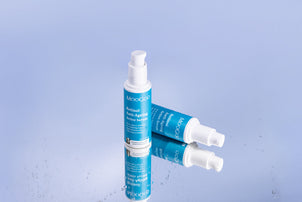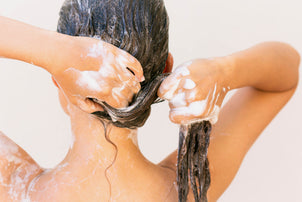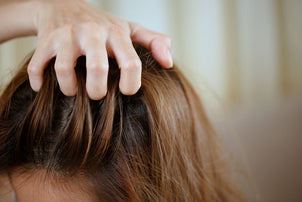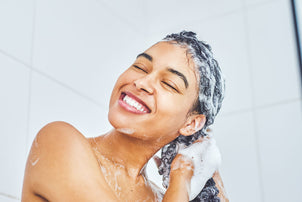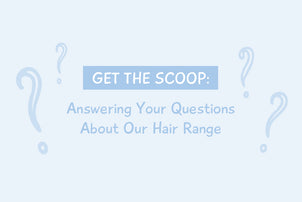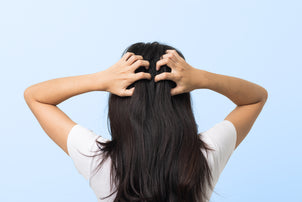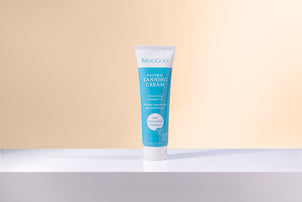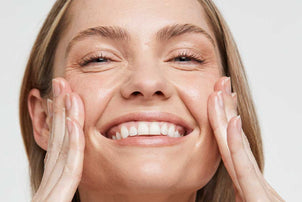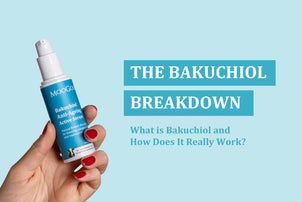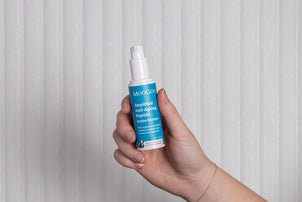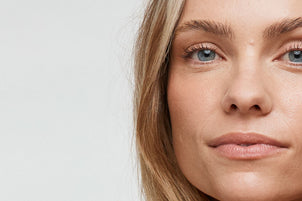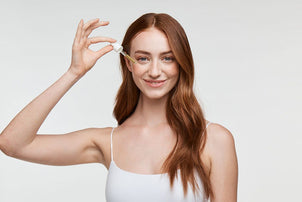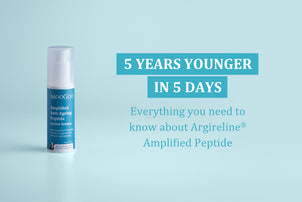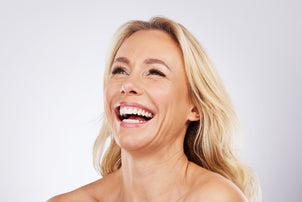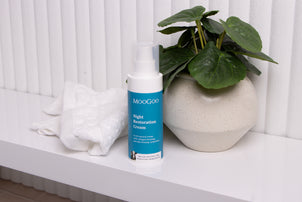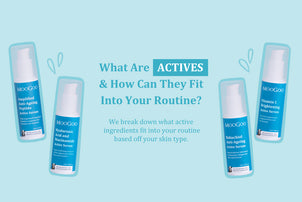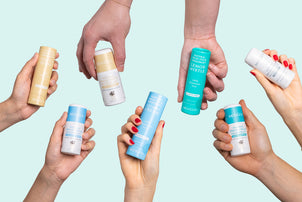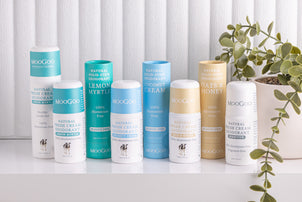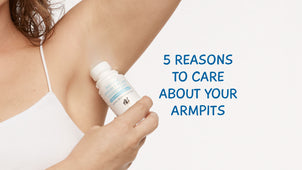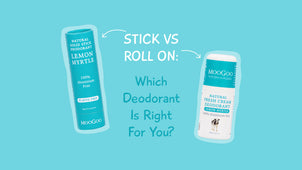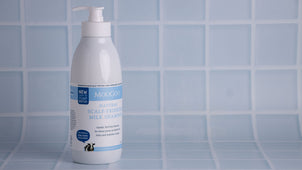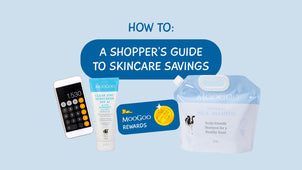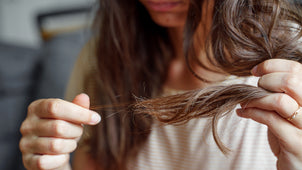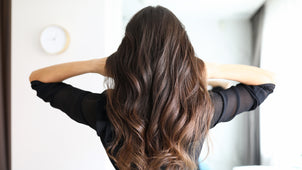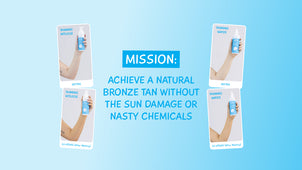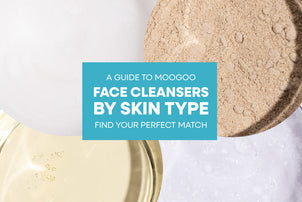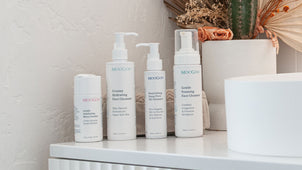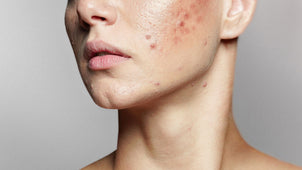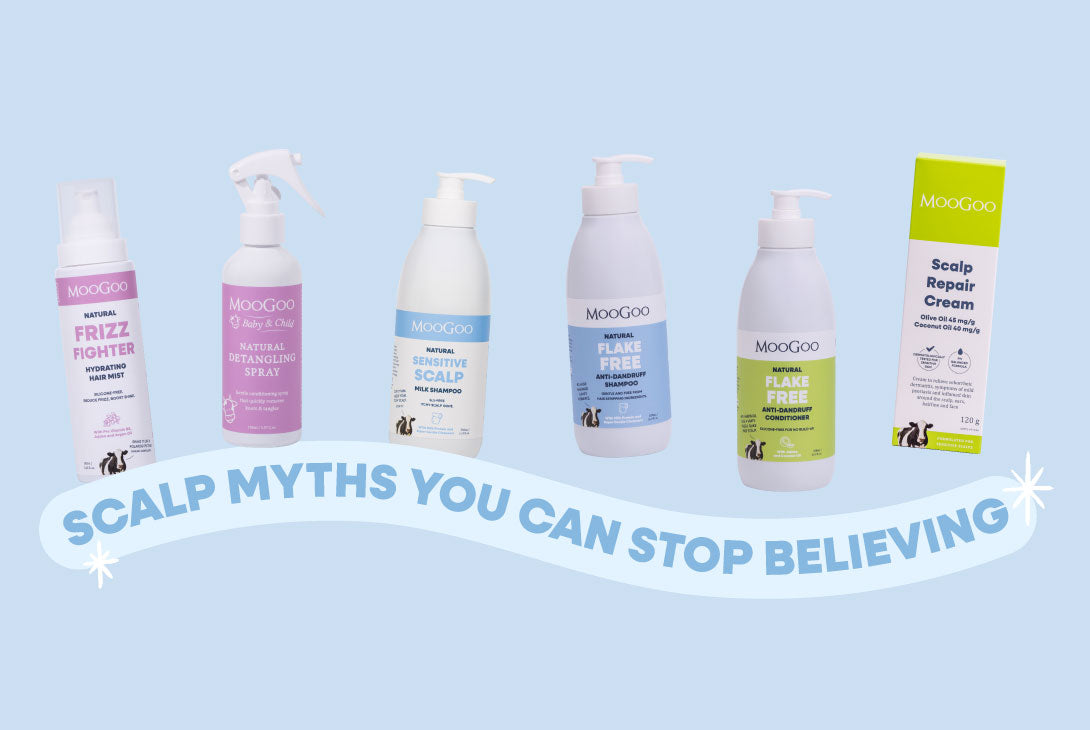
5 Scalp Myths You Can Stop Believing
Let’s chat scalp myths. Because not everything your friend’s hairdresser’s cousin said is actually true... 😉
If you’ve ever battled flakes, itchiness, or a scalp that just feels “off,” you’ve probably heard some questionable advice. Dr Google and TikTok are full of scalp “hacks” that sound convincing, but don’t always have science on their side.
As self-proclaimed scalp nerds (a badge we wear proudly!), we’re here to bust some of the most common myths, explain what’s actually going on up there and share the tools that can get you back to a healthy, happy scalp.
Myth #1: “Dandruff is just dry skin you can cure.”
Not quite. Dandruff may look like dry skin, but it’s caused by something far peskier - a yeast imbalance on the scalp called Malassezia. And before you freak out, yeast naturally lives on everyone’s skin, it’s only when it overgrows that problems may occur.
There are actually two main types that cause issues: Malassezia restricta and Malassezia globosa. When these species throw an overproduction party, your scalp reacts with flakes, redness, inflammation and itchiness. That’s why your regular supermarket shampoo won’t cut it, the yeast needs to be kept in check.
This is where our Flake Free Shampoo and Flake Free Conditioner step in. We blend Piroctone Olamine and Climbazole, two clinically proven ingredients that each target different species of Malassezia, so you get double the effectiveness. Together, they calm irritation, visibly reduce flakes and help restore balance to your scalp’s ecosystem.
We also avoid old-school anti-dandruff ingredients like Pyrithione Zinc and Selenium Sulfide. They can have a narrower anti-fungal range and come with harsher side effects, not our ethos.
🛒 Say goodbye to the scratch-and-flake cycle: Shop the Anti-Dandruff range now! →
Myth #2: “If it’s not foaming, it’s not working.”
Big, fluffy bubbles might be satisfying and fun, but we promise, they’re not a sign of cleanliness. Foam usually comes from harsh detergents like Sodium Lauryl Sulfate (SLS) and Sodium Laureth Sulfate (SLES) - both of which strip your scalp’s natural oils, dry it out and make irritation far worse.
Both our Milk Shampoo and Flake Free Shampoo use gentle, natural cleansers derived from Coconut and Glucose. They don’t whip up a bubble party, but they do give you a thorough, scalp-friendly clean.
Pro tip: To get the most out of a low-foam formula, ensure your hair is completely wet before shampooing. Lather the product between your hands first, then massage it into your scalp (not just your hair). You’ll feel the difference in how nourished and calm your scalp feels afterwards!
If you shampoo twice, you'll also find the second shampoo to be far 'foamier' as the first wash removed most of the dirt and oils.
Myth #3: “Go as long as possible without washing.”
Sure, over-washing can cause dryness, but under-washing can cause just as many problems. Skip washes for too long, and oils, dead skin cells, sweat and yeast have more time to build up, making flakes and irritation worse.

The sweet spot? For most people, washing every 3-4 days keeps your scalp’s natural microbiome balanced. This lets your natural oils do their job without inviting a yeast overgrowth.
If you’re a gym junkie, swim regularly or work up a sweat in your job, it’s totally fine to wash more often. Just use the right shampoo (hint: one that’s gentle and doesn’t strip).
🛒 Ready to enjoy a gentle, natural but super effective shampoo? Pick between our OG Milk Shampoo and NEW Flake Free Shampoo →
Myth #4: “Glycolic & Salicylic Acid are the best for a flaky scalp.”
We love Glycolic and Salicylic Acids for skincare, they’re great at exfoliating and removing dead skin cells. But here’s the catch: they don’t actually treat Dandruff.
They can give temporary relief by clearing visible flakes, but they don’t target yeast or calm inflammation. Plus, if you use them too often or in too high a concentration, they will dry out and irritate your scalp, making symptoms worse instantly or over time.
It’s like shoveling manure without fixing the broken fence, the cows will just wander back in and make a mess again. 😉
Myth #5: “All Silicones are bad.”
Silicones get a bad rap, but honestly, not all of them are created equal. Oil-soluble Silicones can be found in most hair care products, but are primarily found in conditioners. They are heavy, tricky to wash out and don’t break down easily in waterways, so we avoid them.
Instead, we stick to plant-based oils like Jojoba, Coconut and Olive, which hydrate deeply, smooth strands and keep your hair soft without any build-up. We also love Milk Protein in our Natural Conditioners for its ability to protect and revitalise hair strands, keeping split ends at bay.
Fun fact: Water-soluble Silicones are much lighter, easy to wash out and can actually protect your hair by reducing frizz and breakage. We don’t currently use them in our formulas, but never say never… what do you think? Should we try one?
🛒 Want to explore Silicone-free Conditioners? Shop our Herd fave Conditioners here →
The Moral of the Story?
Your scalp is unique and blanket rules rarely work for everyone. But, we think we have some pretty versatile Hair & Scalp Care products that most heads love. Instead of believing every TikTok trend or “miracle cure” you hear about, pay attention to what your scalp is telling you and work with it, not against it.
🛒 Ready for your healthy head era? Shop our 5-star scalp saviours!




